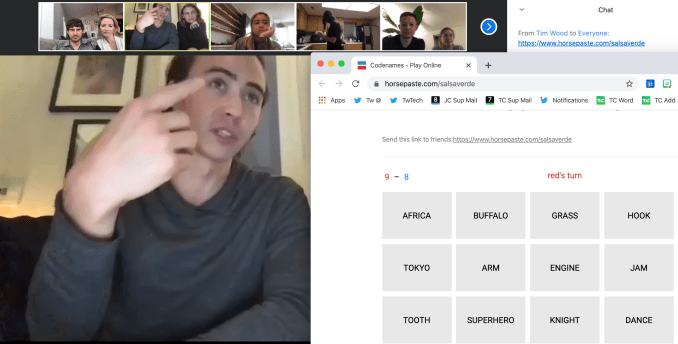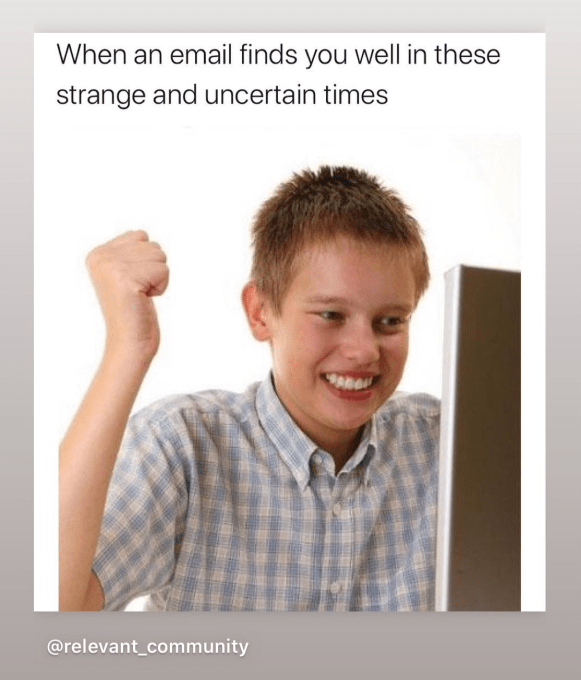A coalition of grassroots UK tech initiatives has come together to co-ordinate the key groups of tech industry people supporting the UK’s response to the Coronavirus.
COVID19 Tech Response (CTR) aims to co-ordinate the supply of available tech talent; work on the problems that need solving and the matching of the two. So far, they have brought over 400 tech volunteers together, mostly from the UK, some of whom have been providing volunteer support to local Covid Mutual Aid groups which have sprung up across the country.
CTR will also aim to co-ordinate tech industry volunteers to coach and support UK citizens who are experiencing problems during the crisis, with any tech solutions available.
The coalition is working closely with the CoronavirusTechHandbook, an initiative by political technology college Newspeak House which has quickly become a global resource.
The four main “call to arms” of the group are:
1) Join the Code4COVID Slack as a volunteer or to source volunteers, or work on projects
2) Add your tech skills to the Covid-19 Tech Response Airtable form
3) Submit mainstream UK tech problems to Covid Tech Support
4) Contribute to and access the resources on the CoronavirusTechHandbook
CTR has been formed by many of those coming together to support anyone building solutions to the ongoing pandemic. These include:
- Covidmutualaid.org – Find your local mutual aid group and volunteer or seek help
- CoronavirusTechhandbook – A crowdsourced library of resources and organizations
- Code4Covid Slack community and TechForUK – Slack groups for collecting tech volunteers
- Covid Tech Support – Collecting requests for technical support, for volunteers to work on
- Covid19-Response – A US-based moderated scientific ‘request for ideas’
- Helpwithcovid.com – International volunteer sign-ups and ideas board
- Catalyst – a UK charitable collective providing digital support for civil society organizations.
- TechForce19 – technology to combat self-isolation, particularly among the elderly and vulnerable
COVID19 Tech Response says its aim is not to build the individual solutions needed by those on the front line but instead be a steering group that provides the broad oversight that connects these individual efforts together. It also aims to put in place the system that enables new problems to be solved efficiently and effectively using technology.
CTR hopes to create a “matching agency” where community volunteers are matched with technical problems. It will also be encouraging the tech community to talk to healthcare workers/public service workers they know and share tools and build tech teams who can be staged to solve problems.
The formation of the group was inspired by similar initiatives globally, including, Helpwithcovid.com and Covid19-response.
Commenting, Ed Saperia, co-founder of CoronavirusTechHandbook said: “Millions of knowledge workers are showing up to help. This is fantastic, and will change society, but it needs coordination. Often the hard part is not the tech, but understanding what you can do, and it’s here that you should apply your intelligence and creativity.”
Cinzia Ricciardone, co-founder of code4covid, said: “Formed on March 16th by a few technologist friends, code4covid now counts over 400 tech volunteers. Our mission is to find technology solutions and resources to help people during the COVID-19 crisis, and ensure energy gets directed to the right place in order to save lives.”
CTR Co-organiser Freddie Fforde said: “Like so many other groups across the country, people in tech are trying to play their part. We don’t know where this will lead but we have to start somewhere by helping people come together and seeing what they can build.
Josh Russell, co-founder of Tech For UK, said: “Our goal is for teams that emerge to have a good understanding of the problem space, so we’ll be forming a User Research (explainer) function that will feed insights to the community on a regular basis. User Research is the secret sauce, if you’re a User Researcher tick the right box when you register on code4covid.org.”
Marc Sloan, co-founder of Covid Tech Support, said: “Our aim is that no one should needlessly be put at risk because they didn’t have access to technology that a volunteer technologist could have helped with.”
Nathan Young, co-founder of CoronavirusTechHandbook said: “CoronavirusTechHandbook is a library of every project and resource, and working together with initiatives like CTR to illuminate problems and coordinate responses, we can achieve incredible things very quickly.”
Mike Butcher, co-founder of Tech For UK, said: “There are several UK tech communities responding to this crisis, but many are not co-ordinating or even aware each one exists. It’s our responsibility to get as many people into a broad group, where the UK can call on the greatest amount of tech talent at this time of need.”
from TechCrunch https://ift.tt/3bGPWp5
via IFTTT





 Even celebrities are getting into it. Rather than pristine portraits and flashy music videos, they’re appearing raw, with crappy lighting, on Facebook and Instagram Live. John Legend played piano for 100,000 people while his wife Chrissy Teigen sat on screen in a towel looking salty like she’s heard “All Of Me” far too many times. That’s more authentic than anything you’ll get on TV.
Even celebrities are getting into it. Rather than pristine portraits and flashy music videos, they’re appearing raw, with crappy lighting, on Facebook and Instagram Live. John Legend played piano for 100,000 people while his wife Chrissy Teigen sat on screen in a towel looking salty like she’s heard “All Of Me” far too many times. That’s more authentic than anything you’ll get on TV.

